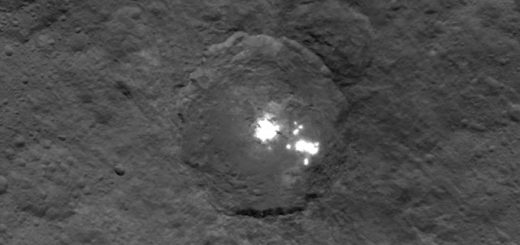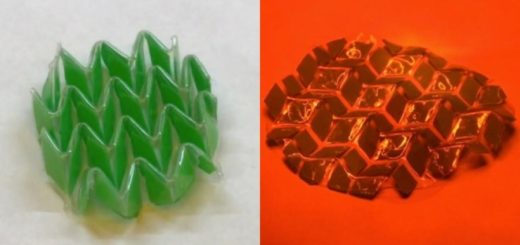Weird, Intriguing Hot Jupiter CoRoT-2b With Winds Blowing In Wrong Direction

CoRoT-2b is very weird planet. It was discovered a decade ago by a French-led space observatory mission, is 930 light years from Earth.
The case of exoplanet CoRoT-2b is mysterious because, the hot spot turns out to lie in the opposite direction: west of center.
CoRoT-2b has also other intriguing features.
While many other hot Jupiters have been detected in recent years, CoRoT-2b has continued to intrigue astronomers because of two factors: its inflated size and the puzzling spectrum of light emissions from its surface.
“Both of these factors suggest there is something unusual happening in the atmosphere of this hot Jupiter,” says Lisa Dang, a McGill PhD student and lead author of the new study.
Hot Jupiters circle astonishingly close to their host star — so close that it typically takes fewer than three days to complete an orbit. And one hemisphere of these planets always faces its host star, while the other faces permanently out into the dark.
Not surprisingly, the “day” side of the planets gets vastly hotter than the night side, and the hottest point of all tends to be the spot closest to the star. Also the hottest point on a gaseous planet near a distant star isn’t where astrophysicists expected it to be.
See also:
CoRoT-7b – Alien World That Contributes To The Vision Of Hell
Hot Jupiters also experience strong winds blowing eastward near their equators, which can sometimes displace the hot spot toward the east.
“We’ve previously studied nine other hot Jupiter, giant planets orbiting super close to their star. In every case, they have had winds blowing to the east, as theory would predict,” says McGill astronomer Nicolas Cowan, a co-author on the study and researcher at MSI and iREx.
“But now, nature has thrown us a curveball. On this planet, the wind blows the wrong way. Since it’s often the exceptions that prove the rule, we are hoping that studying this planet will help us understand what makes hot Jupiters tick.”
Astronomers used NASA’s Spitzer Space Telescope but to make further more detailed research, the James Webb Space Telescope, scheduled to launch next year – is needed.
Their findings are published in the journal Nature Astronomy.



 Creators of mankind
Creators of mankind Description of “Tall white aliens”
Description of “Tall white aliens” Where they came from?
Where they came from? About hostile civilizations
About hostile civilizations The war for the Earth
The war for the Earth “Tall white aliens” about eternal life
“Tall white aliens” about eternal life Video: “Nordic aliens”
Video: “Nordic aliens” Aliens
Aliens Alien encounters
Alien encounters The aliens base
The aliens base UFO
UFO Technology UFO
Technology UFO Underground civilization
Underground civilization Ancient alien artifacts
Ancient alien artifacts Military and UFO
Military and UFO Mysteries and hypotheses
Mysteries and hypotheses Scientific facts
Scientific facts


















